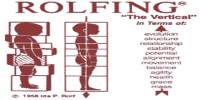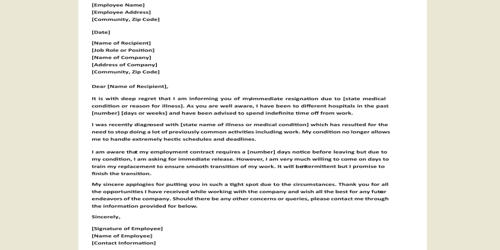Pitch circularity is the concept of constructing a self-referential loop or cycle in a musical piece so that the end effortlessly ties to the beginning, generating a sensation of continuous motion or infinite. It is a fixed set of tones that appear to climb or decrease infinitely in pitch. This is an example of an auditory illusion. This approach is frequently used in numerous types of music composition, including as classical, electronic, and experimental styles.
In a cyclic pitch structure, the musical material returns to its original state after each cycle, producing a sense of completion and unity. Harmonic progression, melodic motifs, rhythmic patterns, and structural features are all options for accomplishing this goal.
Explanation
Pitch is often defined as extending along a one-dimensional continuum from high to low, as can be experienced by sweeping one’s hand up or down a piano keyboard. This continuum is known as pitch height. However pitch also varies in a circular fashion, known as pitch class: as one plays up a keyboard in semitone steps, C, C♯, D, D♯, E, F, F♯, G, G♯, A, A♯ and B sound in succession, followed by C again, but one octave higher.
The octave interval is the most consonant interval after the unison, so tones that stand in octave relation and are of the same pitch class have a certain perceptual equivalence—all Cs sound more alike to other Cs than to any other pitch class, as do all D♯s, and so on. This creates the auditory equivalent of a Barber’s pole, where all tones of the same pitch class are located on the same side of the pole, but at different heights.
Circularity in pitch can be demonstrated through techniques like:
- Ostinato: Using a repeating melodic or harmonic pattern that serves as a foundation throughout the composition, creating a sense of continuity and circular motion.
- Cyclic Progressions: Employing harmonic progressions that resolve back to the tonic or starting point, forming a circular harmonic structure.
- Motivic Development: Developing and transforming a musical motif throughout the composition, eventually leading it back to its original form, creating a sense of circularity in the melodic content.
- Modal Interchange: Using modal interchange or borrowing chords from related keys to build a harmonic journey that ultimately returns to the originating tonal center.
- Cyclical Forms: Structuring the composition in a cycle form, such as rondo or theme and variations, in which the beginning material appears frequently, enhancing the piece’s circular nature.
- Pitch circularity can provide depth, coherence, and a feeling of musical journey to a composition, allowing listeners to engage with the music on a deeper level when they perceive the cyclic patterns and repetitions within it. It is an effective instrument for composers to produce immersive and rewarding musical experiences.
















